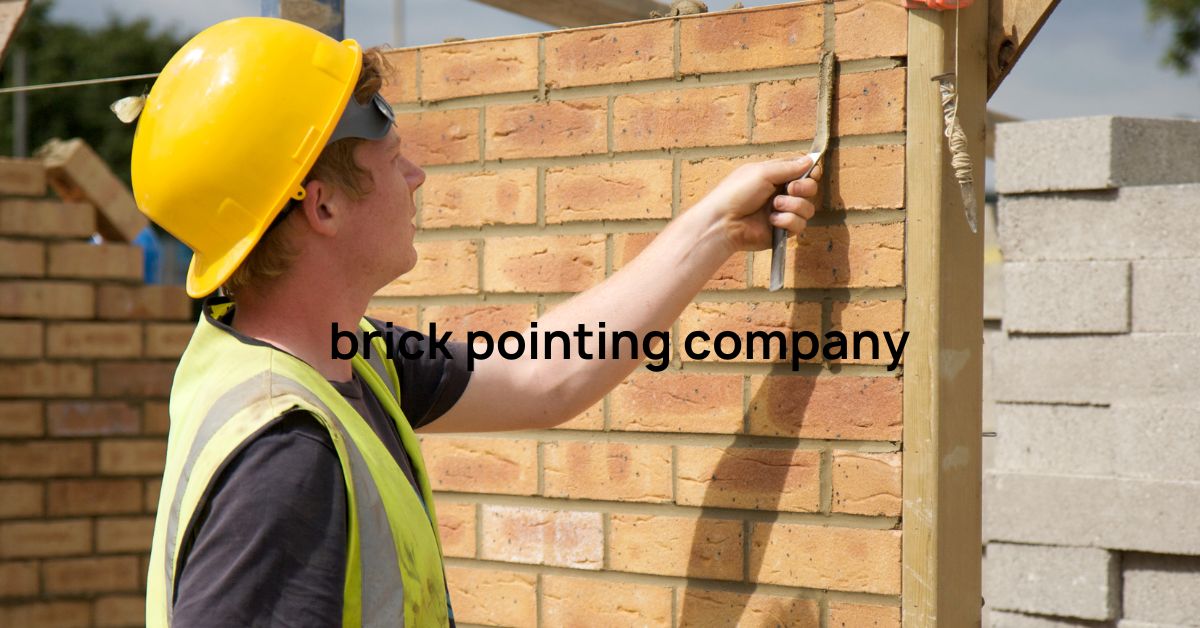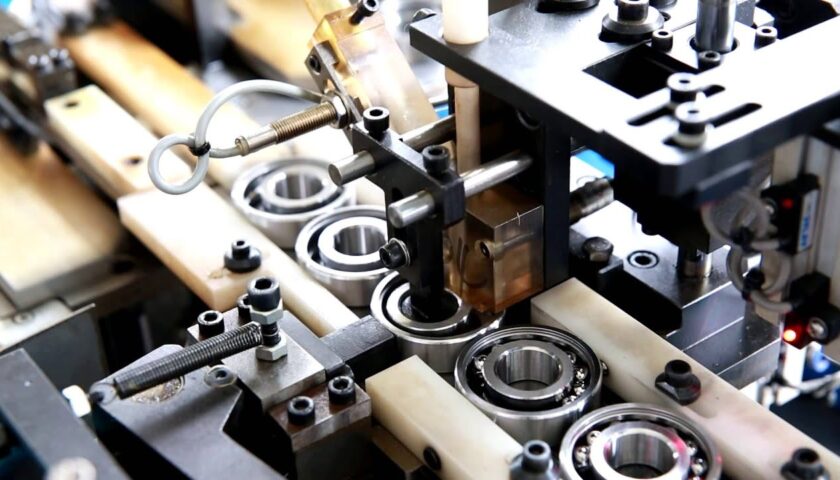Brick pointing is an essential aspect of building maintenance that often goes unnoticed until significant issues arise. In this comprehensive guide, we will delve into the intricacies of brick pointing, focusing on its importance, signs indicating the need for it, the process involved, how to choose the right brick pointing company in New York, the benefits of professional services, comparison between DIY and professional brick pointing, tips for maintenance, and address frequently asked questions.
Introduction: Understanding the Importance of Brick Pointing
What is Brick Pointing?
Brick pointing, also known as repointing, is the process of renewing the external mortar joints in masonry construction. It involves removing deteriorated mortar and replacing it with fresh mortar to enhance the structural integrity and appearance of the building.
Why is Brick Pointing Essential?
Brick pointing is crucial for maintaining the stability and weather resistance of a building. It prevents water penetration, which can lead to structural damage, mold growth, and deterioration of the interior surfaces.
Signs That Your Building Needs Brick Pointing
Cracks in Mortar
Cracks in the mortar joints are a clear indication that brick pointing is necessary. These cracks allow water to seep into the walls, leading to further deterioration of the masonry.
Water Seepage
Water seepage through the walls, especially during rainfall, indicates compromised mortar joints. This can cause moisture-related issues inside the building and weaken the structure over time.
Decaying Mortar
Decaying or crumbling mortar is a sure sign that brick pointing is overdue. When the mortar starts to disintegrate, it loses its ability to hold the bricks together, compromising the stability of the entire structure.
Visible Wear and Tear
Visible wear and tear on the exterior walls, such as gaps between bricks or uneven mortar joints, suggest that brick pointing is necessary to maintain the building’s aesthetics and structural integrity.
The Process of Brick Pointing
Inspection and Assessment
The first step in brick pointing is to conduct a thorough inspection of the building to assess the condition of the mortar joints and identify any areas in need of repair.
Preparation
Once the assessment is complete, the area to be repointed is prepared by removing the old mortar using specialized tools such as a chisel or grinder.
Repointing
Fresh mortar is then applied to the joints using a trowel, filling in the gaps and ensuring a tight seal between the bricks.
Finishing Touches
After the new mortar has been applied, any excess is carefully removed, and the surface is smoothed to match the surrounding brickwork.
Choosing the Right Brick Pointing Company in New York
Experience and Expertise
Look for a brick pointing company with extensive experience and expertise in masonry restoration. They should have a track record of successful projects and knowledgeable staff who can assess your building’s needs accurately.
Reputation and Reviews
Check online reviews and testimonials from previous clients to gauge the company’s reputation and reliability. A reputable brick pointing company will have positive feedback and a strong reputation in the industry.
Quality of Materials and Techniques
Inquire about the materials and techniques used by the company for brick pointing. They should use high-quality mortar and follow industry best practices to ensure long-lasting results.
Cost and Budget
Get quotes from multiple brick pointing companies and compare their prices and services. While cost is important, prioritize quality and expertise to ensure the best outcome for your building.
Benefits of Professional Brick Pointing Services
Enhanced Structural Integrity
Professional brick pointing improves the structural integrity of the building, ensuring it can withstand the elements and remain stable for years to come.
Improved Aesthetics
Freshly pointed brickwork enhances the appearance of the building, giving it a clean, uniform look that enhances curb appeal and property value.
Prevention of Water Damage
Properly repointed mortar joints create a watertight seal, preventing water penetration and protecting the building from moisture-related issues.
Long-Term Cost Savings
Investing in professional brick pointing can save you money in the long run by preventing costly repairs and prolonging the lifespan of your building.
DIY vs. Professional Brick Pointing: Pros and Cons
DIY Brick Pointing
Pros:
- Cost Savings: DIY brick pointing can save money on labor costs.
- Sense of Accomplishment: Completing a DIY project can be rewarding.
Cons:
- Lack of Expertise: DIYers may lack the knowledge and skills needed for proper brick pointing.
- Risk of Damage: Improperly repointed mortar joints can worsen structural issues and lead to costly repairs.
Professional Brick Pointing
Pros:
- Expertise and Precision: Professional brick pointers have the experience and tools to ensure high-quality results.
- Time Efficiency: Hiring professionals saves time and ensures the job is done correctly.
Cons:
- Initial Cost: Professional brick pointing services may have a higher upfront cost than DIY, but the long-term benefits outweigh the investment.
Maintaining Brick Pointing: Tips for Longevity
Regular Inspections
Inspect your building regularly for signs of mortar decay or damage, and address any issues promptly to prevent further deterioration.
Cleaning and Maintenance
Keep the brickwork clean and free of debris to prolong its lifespan and maintain its appearance. Avoid harsh cleaning methods that can damage the mortar.
Addressing Issues Promptly
If you notice any cracks, gaps, or water seepage, contact a professional brick pointing company immediately to assess the situation and make necessary repairs.
Frequently Asked Questions (FAQs)
1. How often should brick pointing be done?
Brick pointing should be done as needed, typically every 25-50 years depending on the condition of the mortar joints and exposure to the elements.
2. Can brick pointing prevent all water damage?
While brick pointing can significantly reduce water penetration, it may not prevent all water damage, especially in severe weather conditions or if other issues are present.
3. Is brick pointing a messy process?
Brick pointing can be messy, as it involves removing old mortar and applying new mortar. However, professional brick pointing companies take steps to minimize mess and clean up thoroughly after the job is done.
4. What factors affect the cost of brick pointing?
The cost of brick pointing depends on factors such as the size of the building, extent of repair needed, accessibility, quality of materials, and the reputation of the brick pointing company.
5. Can brick pointing increase the value of my property?
Yes, freshly pointed brickwork can enhance the curb appeal and overall value of your property by improving its appearance and structural integrity.
Conclusion: Invest in the Future of Your Building with Brick Pointing
Brick pointing is not just a cosmetic enhancement; it is a crucial maintenance task that ensures the longevity and stability of your building. By understanding the signs that indicate the need for brick pointing, choosing the right professionals, and investing in regular maintenance, you can protect your property from structural damage and enhance its curb appeal. Whether you opt for professional services or decide to tackle the task yourself, prioritize the health of your building by addressing mortar decay promptly.





